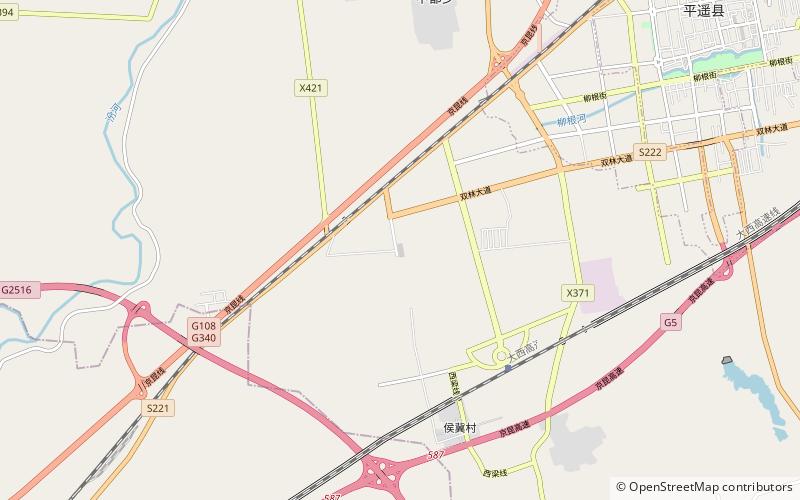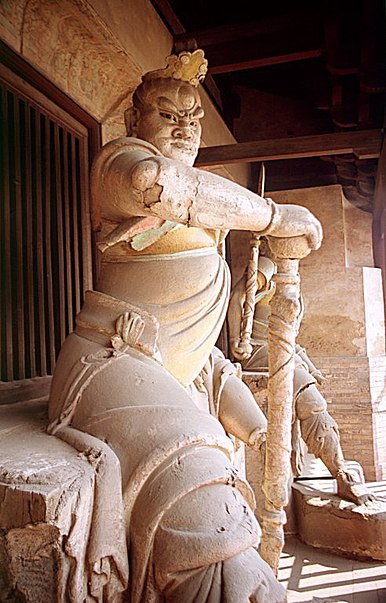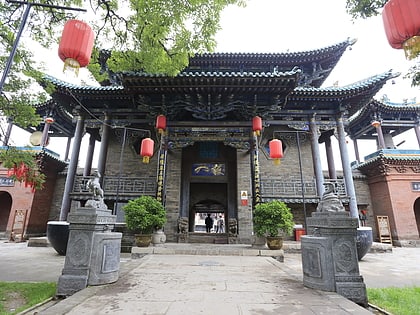Shuanglin Temple


Facts and practical information
Shuanglin Temple, a serene spiritual haven nestled in the ancient city of Pingyao, stands as a testament to China's rich Buddhist heritage. This temple, dating back over a millennium, is renowned for its remarkable collection of more than 2,000 colorful sculptures that depict various figures from Buddhist lore. Crafted during the Song, Yuan, Ming, and Qing dynasties, these exquisite statues are crafted from clay and are considered masterpieces of Chinese folk art.
The temple's name, Shuanglin, translates to "double forest," which is said to symbolize the two groves of trees that, according to Buddhist scriptures, are found in front of every temple. The site, a UNESCO World Heritage Site since 1997, is a part of the Ancient City of Pingyao, which is acknowledged for its exceptionally well-preserved example of a traditional Han Chinese city.
Shuanglin Temple comprises ten large and small halls, along with numerous courtyards that embody the classic architectural style of Chinese temples. The main hall, known as the Sakyamuni Hall, is the centerpiece where the most intricate sculptures can be found. These vividly painted clay figures, some of which are life-sized, represent a variety of subjects including heavenly kings, arhats, and bodhisattvas, each with its own expression and posture, bringing the teachings of Buddhism to life.
Visitors to Shuanglin Temple are not only mesmerized by the artistic sculptures but also by the peaceful atmosphere that pervades the complex. The temple's ancient walls and quiet courtyards provide a contemplative space away from the bustle of modern life, inviting travelers to reflect and find solace.
Shanxi
Shuanglin Temple – popular in the area (distance from the attraction)
Nearby attractions include: City God Temple of Pingyao, Pingyao.


